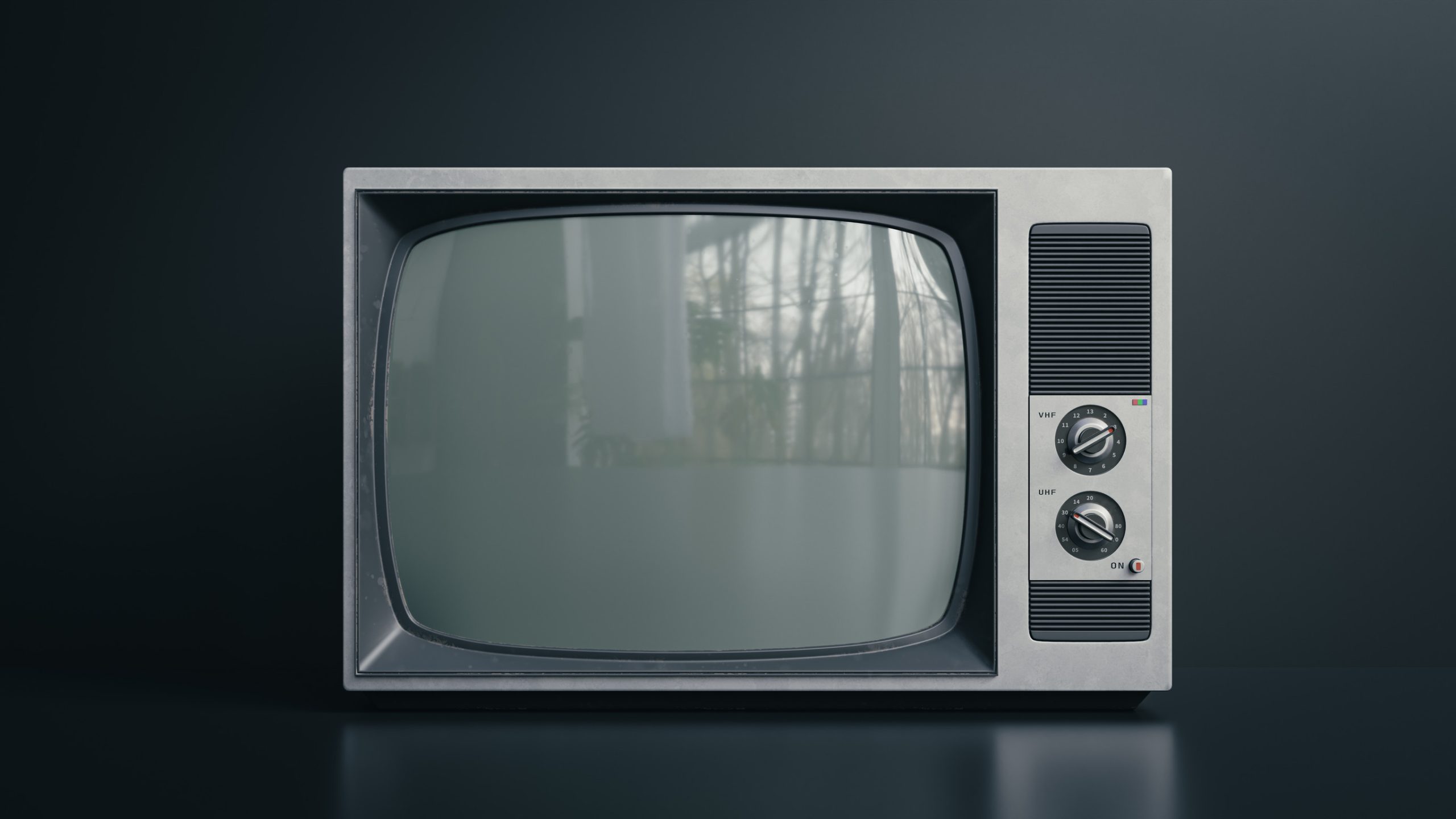Before YouTube algorithms and TikTok trends decided what the world watched, there was public access television—a quirky, grassroots platform that gave ordinary people the extraordinary power to create and broadcast their own shows. These low-budget productions often aired late at night, sandwiched between reruns and static, and were expected to stay in the shadows. But sometimes, something unexpected happened: the shows found an audience.
Through word of mouth, bootleg VHS copies, or viral moments years later, a few of these public access programs transcended their humble beginnings. What started as amateur TV experiments grew into cultural curiosities, celebrated for their unfiltered charm and weird brilliance.
The Rise of Cult Classics from Community Channels
Public access TV was never meant to produce hits. Designed to be hyper-local and hyper-democratic, it gave airtime to anyone with a camera, a concept, and the persistence to show up. With no network executives to interfere, creators had complete freedom to be as strange, heartfelt, or chaotic as they wanted.
This lack of polish is exactly what helped some shows connect so deeply with audiences craving authenticity. Over time, a few of these raw gems gained a second life as cult classics.
1. TV Party – Punk Rock’s Unofficial Talk Show
In late-1970s New York, TV Party wasn’t just a talk show—it was a chaotic, uncensored ride into the city’s exploding punk and art scenes. Hosted by Glenn O’Brien and co-hosted by Blondie’s Chris Stein, the show featured guests like Jean-Michel Basquiat and Fab 5 Freddy before they became household names. It blended counterculture commentary, DIY aesthetics, and downtown cool into a format that defied categorization. What began as a laid-back hangout morphed into a time capsule of a vital creative era. Years later, footage from TV Party became essential viewing for anyone studying New York’s cultural underground.
2. The Mystery of Al Capone’s Vaults – A National Curiosity
While not a traditional public access show, this 1986 special had the spirit of one—ambitious, low on production value, and unforgettably bizarre. Hosted by Geraldo Rivera and aired live, it promised to reveal the contents of a secret vault once owned by infamous mobster Al Capone. Millions tuned in, only to watch Rivera find nothing but dirt and empty bottles. Though widely mocked at the time, the broadcast became a cult artifact, replayed and referenced for its sheer spectacle. Its legacy endures as a symbol of hype gone hilariously wrong.
3. Beyond Vaudeville – Surreal Variety Before It Was Cool
Originating on New York public access in the late ’80s, Beyond Vaudeville was equal parts variety show and awkward fever dream. Hosted by the deadpan Frank Hope and his irritable sidekick David Greene, it featured oddball guests ranging from outsider musicians to eccentric local talents. Its uncomfortable interviews and intentionally awkward pacing gave it a strange magnetism. Eventually picked up by MTV as Oddville, the show’s influence can still be seen in later surrealist comedy formats. What was once dismissed as too weird for mainstream TV became a blueprint for avant-garde entertainment.
4. Wayne’s World – Fiction Based on Reality
Before it was a beloved Saturday Night Live sketch and a blockbuster movie, Wayne’s World was inspired by the real-world antics of public access hosts across the country. The idea of two friends running a rock-centric talk show from a basement resonated because it wasn’t far from reality. All across America, genuine versions of Wayne and Garth were spinning records, riffing on pop culture, and broadcasting to small but loyal audiences. While the fictional version stole the spotlight, the show’s roots in public access culture gave it authenticity and charm. It made people wonder what other gems might be lurking in late-night local programming.
5. Uncle Floyd Show – The Kids’ Show That Wasn’t Just for Kids
Running for over a decade in New Jersey, The Uncle Floyd Show combined slapstick, puppets, and rock performances in a format that looked like a kids’ program but often played to adults. Hosted by the charismatic Floyd Vivino, it featured appearances by rising stars like The Ramones and David Bowie, who were fans of the show’s oddball humor. Despite its low budget and regional reach, the program developed a devoted following, including celebrities. Its charm lay in not trying too hard—it simply existed, unapologetically goofy and bizarre. Over time, it earned its place in television lore as one of the most influential unknown shows.
6. Chic-A-Go-Go – Where Everyone Can Dance
Launched in the mid-1990s by Chicago’s public access station CAN-TV, Chic-A-Go-Go is part dance party, part retro revival, and all heart. Hosted by the puppet Ratso and the energetic human co-host Miss Mia, the show invites kids, adults, and local musicians to get up and dance on camera. Modeled after classic programs like Soul Train and American Bandstand, it mixes vintage flair with public access charm. Its welcoming energy and colorful format have turned it into a cult hit that continues to air new episodes. It’s living proof that joy, not budget, drives great television.
7. Cooking with Dog – A YouTube Star Before YouTube
Though it originated in Japan and reached the world through the internet rather than American TV, Cooking with Dog has the essence of a public access show: low production values, a unique host (a poodle named Francis), and a deep, unexpected charm. With a calm voice narrating the steps as a woman named Chef prepared traditional Japanese dishes, it felt intimate and quietly captivating. The show developed a massive following, not because of flashy graphics, but because of its authenticity and soothing tone. Like the best public access shows, it created a world all its own. It showed that even niche content, if made with care, can resonate far beyond its original scope.
Public Access: The Accidental Gold Mine
Public access television was never designed to be cool, profitable, or influential. Yet in its freedom from commercial demands, it became a breeding ground for originality and accidental brilliance. Many of the shows listed here weren’t trying to find fame—they were just created out of passion and curiosity. And that’s what made them memorable. They remind us that genuine voices, no matter how unpolished, can sometimes echo the loudest.
Have a favorite public access show that deserved more love, or know a bizarre gem the world should rediscover? Add your thoughts or drop a comment to keep the nostalgia alive.
Read More
6 TV Networks That Died But Still Influence What You Watch
10 Pieces Of Technology That Aren’t Worth The Money


